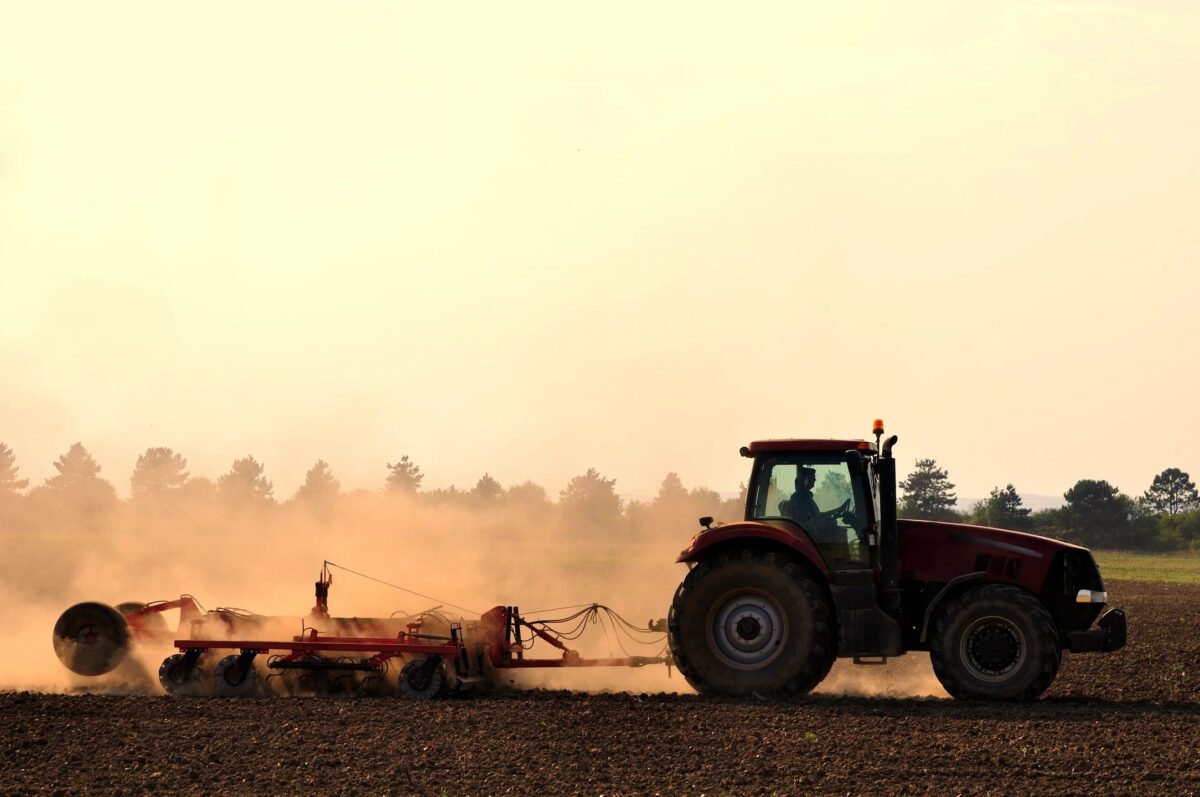Tax planning is essential for individuals with fluctuating income, especially those in farming and fishing industries. IRS 1040 Schedule J allows eligible taxpayers to average income over multiple years, potentially reducing tax liability. This guide will break down Schedule J (Form 1040), its purpose, key components, and how to complete it efficiently.
What Is IRS 1040 Schedule J?
IRS Schedule J (Form 1040) is an attachment to Form 1040, used to average taxable income from farming or fishing over the previous three years. This method helps taxpayers smooth out income fluctuations and potentially lower their tax burden.
Why Is 1040 Schedule J Important?
Farmers and fishers often experience significant income variations due to seasonal changes, market conditions, and unpredictable yields. Income averaging allows them to reduce tax spikes in high-income years by spreading taxable income across prior years.
Who Needs to File This Form
You may need to file Schedule J if you:
- Earn income from farming or fishing.
- Experience large fluctuations in taxable income.
- Want to reduce tax liability by averaging income over three years.
Breaking Down Schedule J: Parts & Key Sections
Part I: Base Year Income
This section requires taxpayers to report taxable income from the three previous years to determine the base for income averaging.
Part II: Current Year Income
Taxpayers enter their current taxable income from farming or fishing, which will be averaged across the base years.
Part III: Tax Calculation
This section calculates the adjusted tax liability based on the averaged income, ensuring a fair tax rate.
How to Complete Schedule J
Step 1: Gather Necessary Documents
Before filling out Schedule J, ensure you have:
- Tax returns from the previous three years.
- Income statements from farming or fishing activities.
- Receipts for deductible expenses.
Step 2: Fill Out Part I (Base Year Income)
Enter taxable income from each of the three prior years, ensuring accuracy.
Step 3: Fill Out Part II (Current Year Income)
Report current taxable income from farming or fishing.
Step 4: Complete Part III (Tax Calculation)
Calculate adjusted tax liability based on averaged income.
Step 5: Transfer Totals to Form 1040
Once completed, transfer the totals from Schedule J to the appropriate lines on Form 1040.
Common Mistakes to Avoid
1. Misreporting Prior Year Income
Errors in base year income calculations can lead to incorrect tax liability.
2. Failing to Attach Required Forms
Ensure you include supporting tax returns from previous years.
3. Incorrect Tax Calculations
Use IRS tax tables to verify calculations and avoid errors.
4. Overlooking Eligible Deductions
Farmers and fishers may qualify for additional deductions that reduce taxable income.
5. Failing to Transfer Totals to Form 1040
Ensure all amounts are correctly reported on Form 1040.
Optimizing Your Tax Filing Process
To ensure a smooth tax filing experience, consider:
- Using tax software to automate calculations.
- Consulting a tax professional for complex situations.
- Keeping detailed records of income and expenses throughout the year.
IRS 1040 Schedule J is an essential tool for farmers and fishers seeking to reduce tax liability through income averaging. Understanding its components and filing it correctly can help ensure compliance with IRS regulations. By following this guide, you can confidently complete Schedule J and optimize your tax return.
